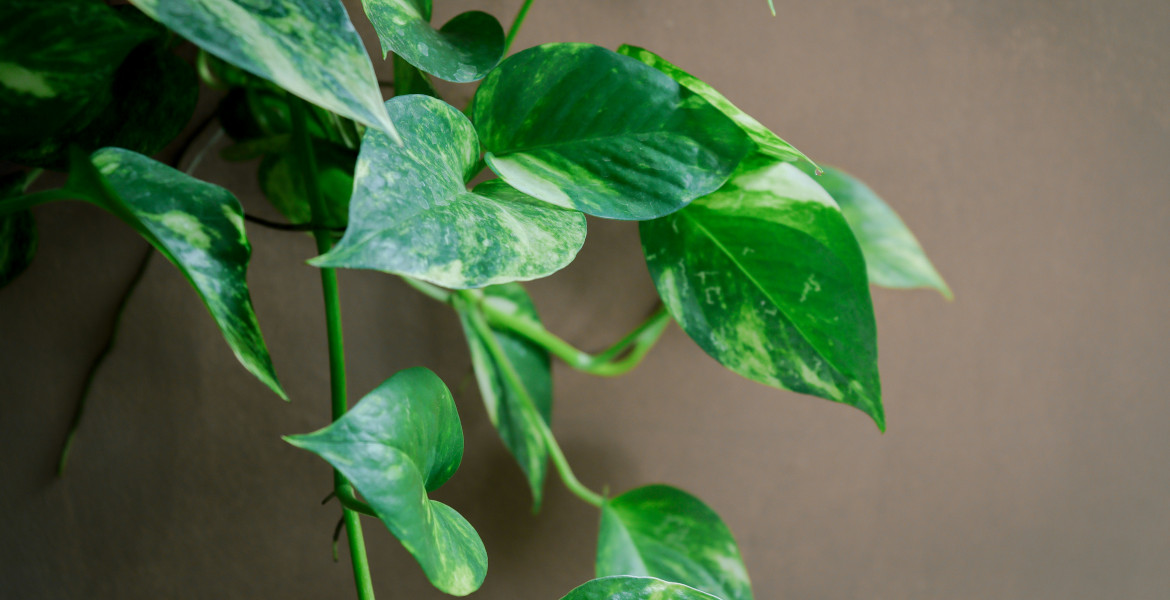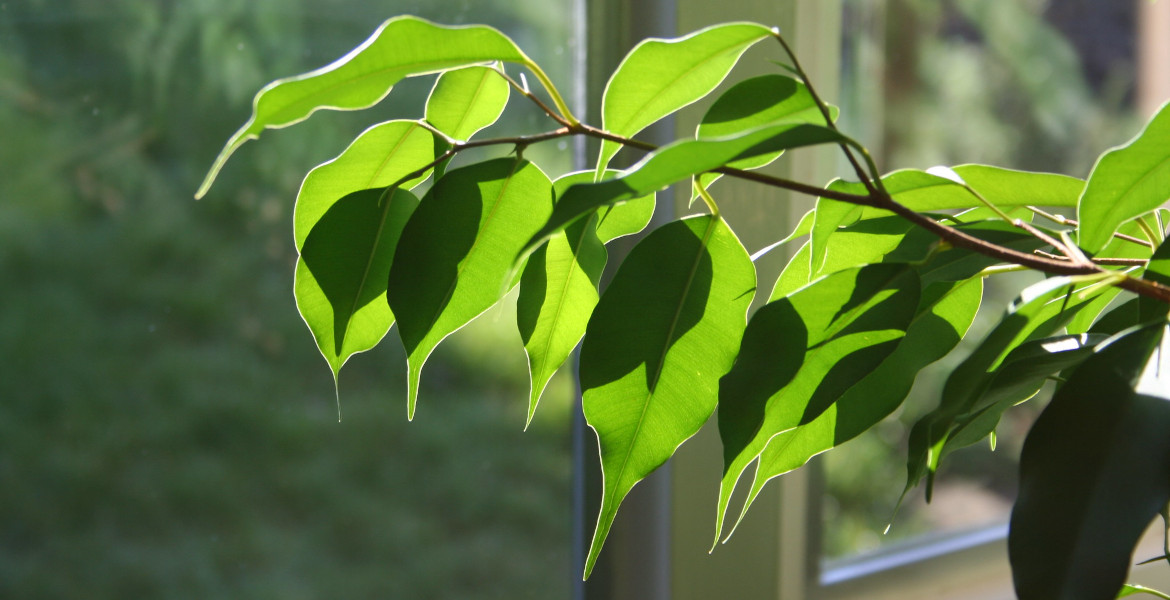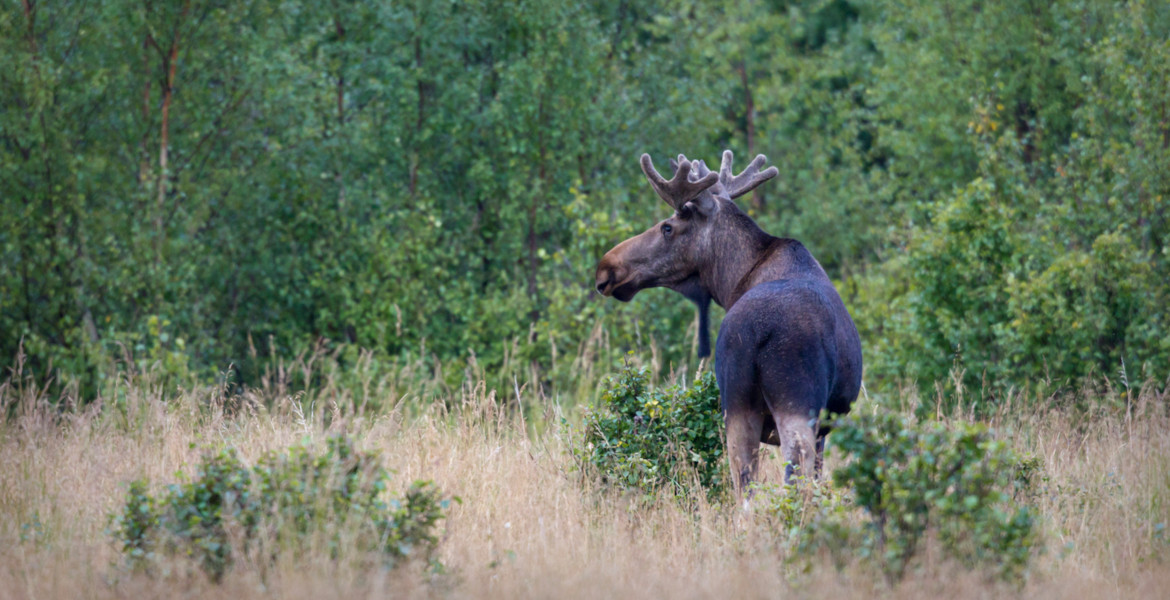The so-called Sycamore Gap tree in Northumberland, an iconic British symbol and popular film location, was illegally felled last fall. Now, experts believe the Robin Hood tree may live on through seeds and cuttings.
The area around the Sycamore Gap tree in Northumberland, northern England, has long been important to the British, and in modern times was used for the filming of Robin Hood: Prince of Thieves in 1991, so the tree is sometimes referred to as the Robin Hood tree. Many Britons have chosen to spread their ashes at the tree and it is not uncommon for marriage proposals to be made around the site. The area is also a scenic area for walking, which was highlighted as particularly important to the British during the coronavirus crisis. The tree also stood next to the Roman Hadrian's Wall, a UNESCO World Heritage Site.
Cut down with a chainsaw
In September this year, it was discovered that someone had illegally cut down the tree, causing widespread public anger. Even the director of the Robin Hood movie, Kevin Reynolds, was outraged by the fallen tree.
– I was just stunned. I mean, I was gutted. Then I was furious, he told BBC.
The tree, a nearly 200-year-old American sycamore, had been cut down with a chainsaw. A 16-year-old boy was quickly arrested for the incident, but later released. Police then focused on three adult males believed to be involved in the attack.
No one has yet been charged with the crime, but suspicions may extend beyond the tree itself. When it fell, it landed on Hadrian's Wall, which authorities say was damaged.
The community mourned the fallen tree, and many visited the site to explore the possibility of saving it in some way.
Could survive
Experts are now optimistic that the tree can survive through seeds and cuttings. Andy Jasper, the National Trust's head of gardens and parks, hopes that about 30 percent of the seeds and half of the cuttings will be viable.
– Over the next year, we'll be doing all we can to nurture the seeds and cuttings, in the hope that some will grow into strong, sturdy saplings, Jasper told NPR.
The National Trust is an organization that works to conserve and protect natural areas and buildings in England, Wales and Northern Ireland. Jasper also believes that there is hope that the trunk can grow back, but that it may take years to know if this is the case.
– As with many things in landscape restoration, we need to be patient and take the time to let nature do its thing, he says.
The public response to the loss of the tree has been "unprecedented," according to the National Trust. Since it was cut down, some 17 million people have followed news of the tree on its social media channels.












